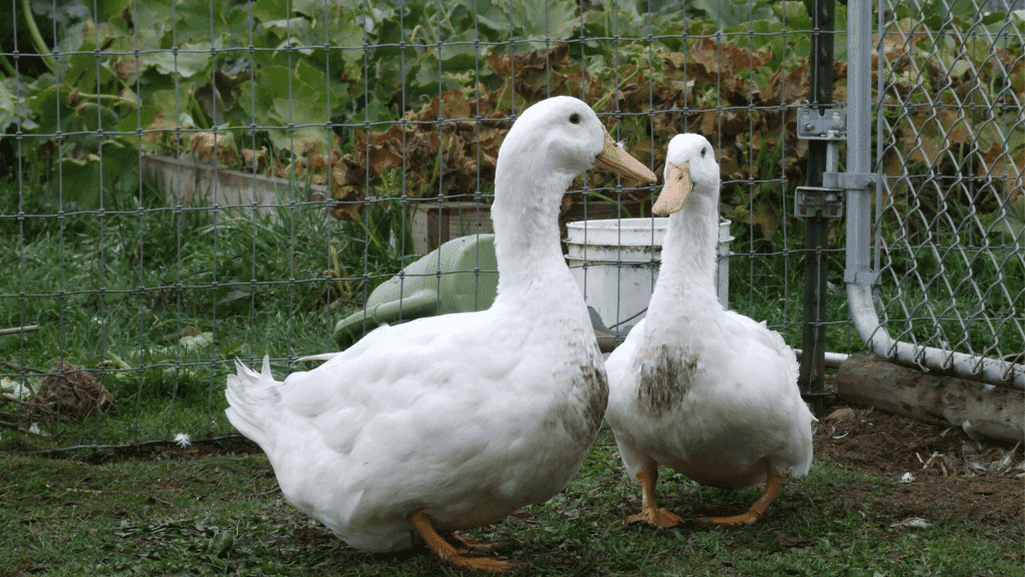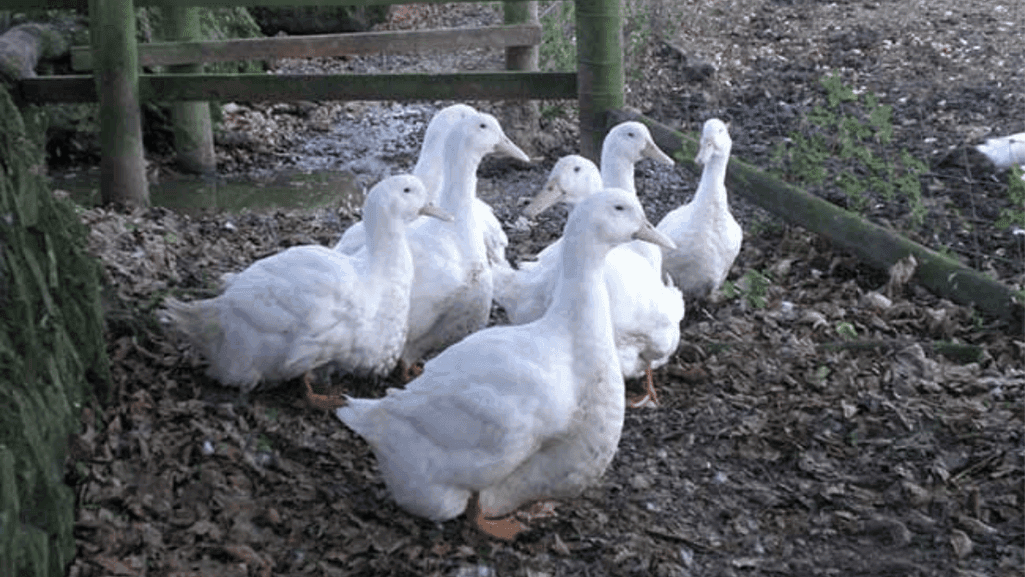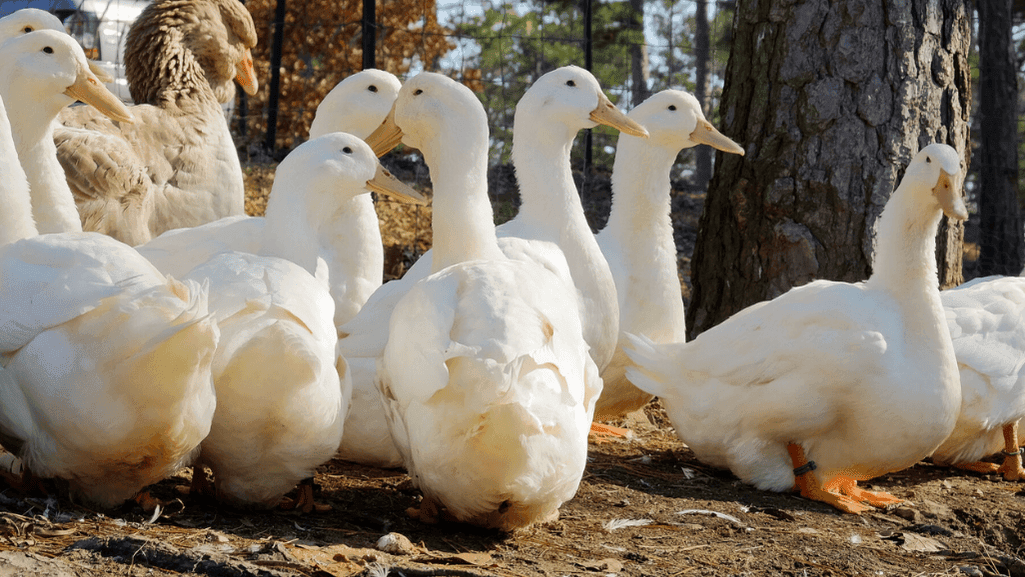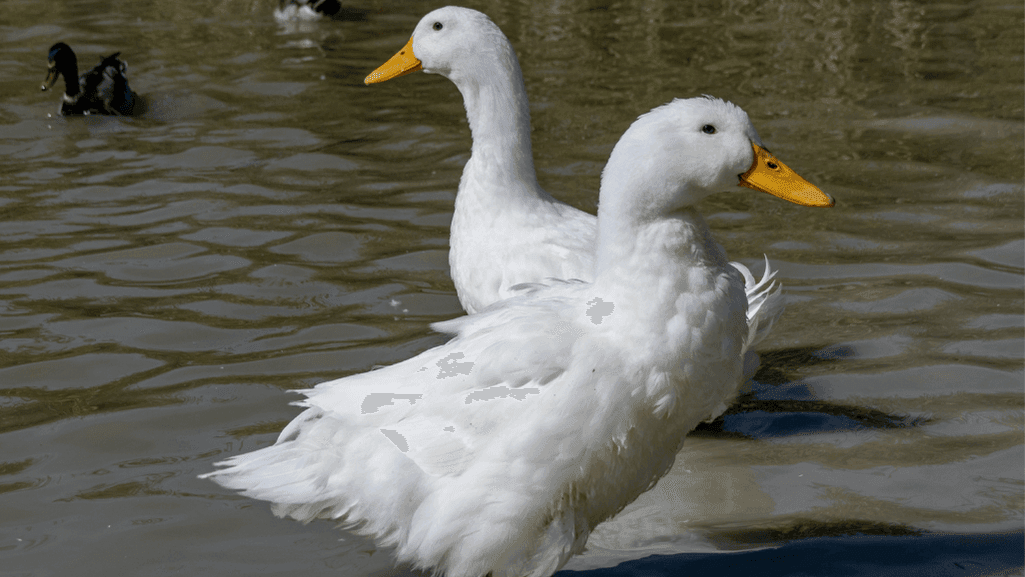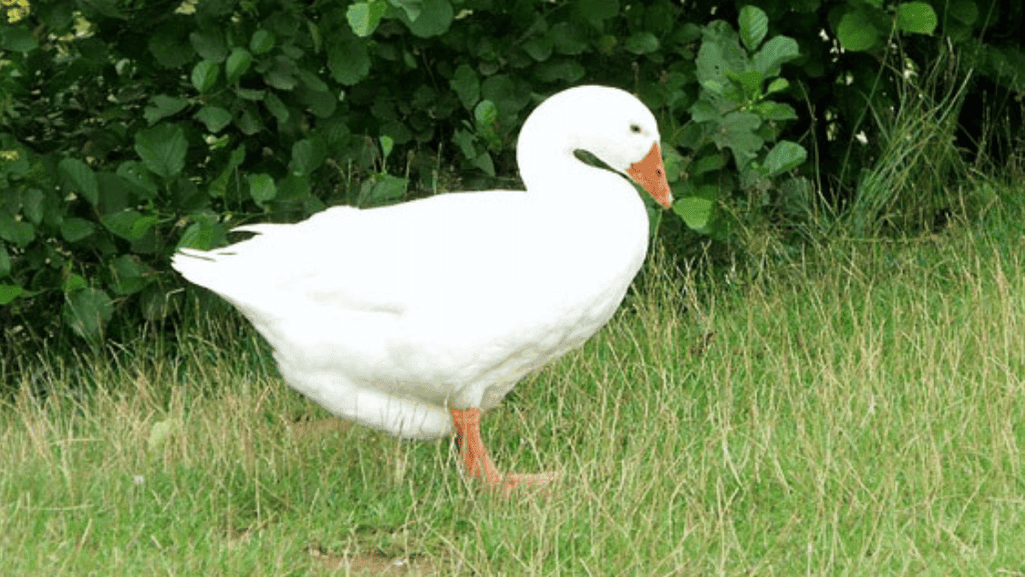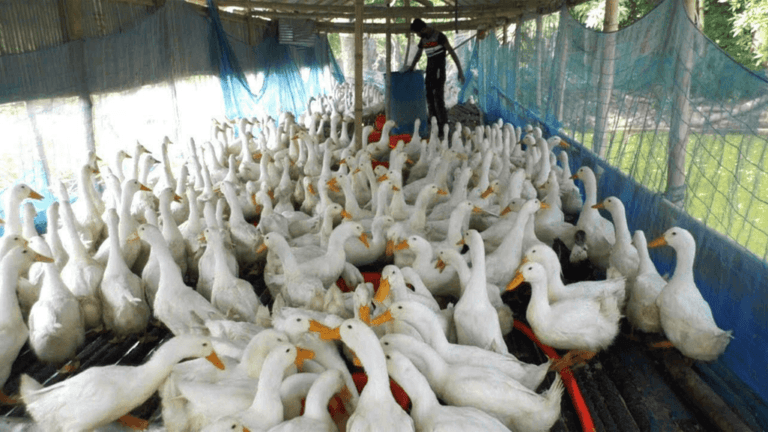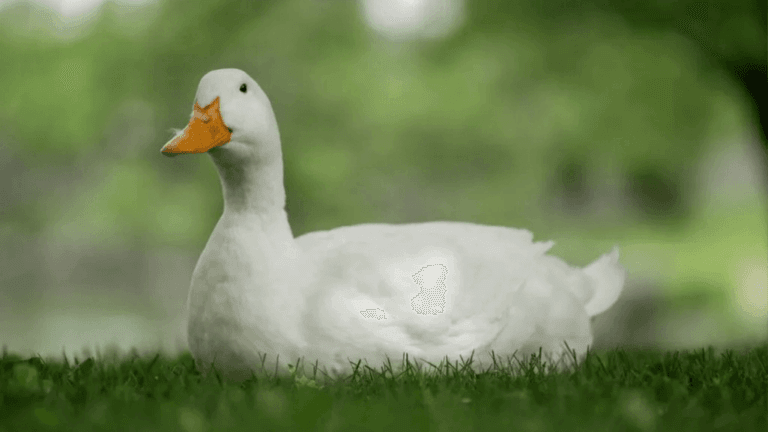The Aylesbury duck is a classic breed known for its striking appearance and rich history. Originating in 18th-century England, this bird quickly gained popularity for its superior meat quality and distinctive features. Its pure white plumage, pink bill, and orange legs make it a standout in any flock.
This guide dives into the breed’s fascinating past, its role in the poultry industry, and practical tips for care and breeding. Whether you’re a beginner or an experienced breeder, you’ll find valuable insights to help you raise healthy and thriving ducks.
From its origins in Buckinghamshire to its global recognition, the Aylesbury duck has left a lasting legacy. Its white skin and meat were once highly sought after in markets, making it a cornerstone of local economies. Today, it remains a favorite among poultry enthusiasts for its beauty and utility.
In the following sections, we’ll explore the breed’s history, care requirements, and breeding strategies. Whether you’re raising ducks for meat, eggs, or exhibition, this guide has you covered.
Key Takeaways
- The Aylesbury duck is known for its pure white plumage and pink bill.
- Originating in 18th-century England, it was prized for its meat quality.
- This breed played a significant role in local economies and poultry markets.
- Proper care includes a balanced diet, clean water, and spacious housing.
- Breeding requires attention to genetics and flock management.
Introduction to the Aylesbury Duck
With its pure white feathers and distinctive pink bill, the Aylesbury duck stands out in any flock. Originating in 18th-century England, this breed quickly became a cornerstone of local economies. Its white skin and meat were highly sought after, making it a favorite in markets across the country.
The breed’s history is deeply tied to the town of Aylesbury in Buckinghamshire. Here, farmers developed it for both meat and feathers. Its white plumage was especially prized for quilts and other products. By the 19th century, the duck industry in Aylesbury was thriving, thanks to the introduction of rail transport to London.
What makes this bird unique is not just its appearance but also its role in the poultry world. Unlike the Pekin duck, which later gained popularity, the Aylesbury was known for its superior quality. Its calm temperament and adaptability made it a favorite among breeders and farmers alike.
Over the centuries, the breed has evolved, but its core characteristics remain unchanged. Its long, pink bill and orange legs are still defining features. Today, it is celebrated not just for its utility but also as an exhibition bird. For more insights into its history and conservation, explore this detailed Aylesbury Duck guide.
Key traits of the Aylesbury duck include:
- Pure white plumage: A hallmark of the breed.
- Long pink bill: Adds to its distinctive appearance.
- Calm temperament: Makes it easy to manage in a flock.
- Historical significance: Played a vital role in English agriculture.
Whether you’re a breeder, farmer, or enthusiast, the Aylesbury duck offers a fascinating blend of history and practicality. Its legacy continues to inspire those who appreciate the beauty and utility of poultry.
Historical Journey of the Aylesbury Duck
The Aylesbury duck’s story begins in 18th-century England, where it became a symbol of agricultural innovation. Originating in the town of Aylesbury, this breed was carefully developed for its pure white plumage and superior meat quality. Local breeders took pride in maintaining its purity, using strategic rearing practices to avoid discoloration.
By the 19th century, the breed’s popularity soared, especially in the London market. The arrival of the railway made it easier to transport these birds, solidifying their place in the poultry industry. Farmers in Aylesbury’s “Duck End” raised hundreds of ducks annually, contributing to the town’s economy.
Origins and Early Popularity in Aylesbury
The breed’s roots trace back to selective breeding efforts aimed at enhancing its white feathers and meat quality. Farmers avoided muddy ponds to keep the plumage pristine, a practice that became a hallmark of Aylesbury duck farming. This attention to detail helped the breed gain recognition beyond its local area.
Impact of Industrial Changes and Decline
However, the late 19th century brought challenges. The introduction of the Pekin duck, known for its faster growth and lower feed costs, shifted market preferences. Rising costs of duck food further strained local breeders. Despite these setbacks, the Aylesbury duck’s legacy endures, celebrated for its historical significance and unique characteristics.
Today, the breed remains a favorite among poultry enthusiasts, though its numbers have dwindled. Its story is a testament to the resilience of traditional farming practices in the face of industrial change. For more on related breeds, explore this guide on Pekin ducks.
Physical Characteristics and Breed Standards
Renowned for its striking appearance, this breed is a symbol of poultry perfection. Its pure white plumage and long, straight pink bill make it instantly recognizable. These traits, combined with its unique body shape, set it apart in both the poultry industry and exhibition circles.
Distinctive Appearance and Build
The breed’s boat-shaped body and deep keel are hallmarks of its design. Its horizontal carriage gives it a balanced and elegant look. The long, pink bill is not just a visual trait but also functional, aiding in feeding and foraging.
Another standout feature is its pure white skin, which is highly valued in the meat industry. This clean, unblemished tone is a key factor in its market appeal. For breeders, maintaining these traits is essential for both commercial and exhibition purposes.
Standard Weights and Proportions
According to breed standards, males typically weigh up to 10 pounds, while females average around 9 pounds. These proportions ensure the bird’s size aligns with its role as a heavy breed. Proper body proportions are crucial for maintaining its show quality and market value.
These characteristics differentiate it from similar breeds like the Pekin, which lacks the deep keel and horizontal carriage. For those in the poultry industry, understanding these standards is key to successful breeding and conservation efforts.
Essential Care and Management for Aylesbury Duck
Raising this breed requires attention to detail and a commitment to their unique needs. Whether you’re a backyard enthusiast or a small-scale farmer, understanding their care requirements is key to ensuring their health and growth. This section provides practical advice on feeding, housing, and health management tailored to this classic bird.
Feeding Strategies and Optimal Diet
A balanced diet is crucial for maintaining this breed’s health and appearance. Start with nutrient-rich feeds containing 18-20% protein, especially for ducklings. As they grow, transition to a mix of barley meal and greaves to support healthy weight gain.
Avoid green feeds that can stain their feathers, as maintaining their pure white plumage is essential. Provide clean water at all times, not just for drinking but also for bathing. This helps keep their skin and feathers in top condition.
Housing, Environment, and Health Tips
Proper housing is vital for protecting this breed from harsh weather and predators. Indoor pens should be spacious, with at least 5 square feet per bird. Outdoor areas should be secure and clean, offering ample space for foraging and exercise.
Monitor their health regularly, watching for signs of illness like lethargy or changes in appetite. Preventative care, such as vaccinations and biosecurity measures, can reduce the risk of disease. For detailed health care strategies, refer to this health care guide.
By following these care practices, you can ensure your flock thrives while preserving the breed’s unique characteristics. For more insights into their history and conservation, explore this Aylesbury Duck guide.
Breeding, Rearing, and Exhibition Insights
Breeding and raising this classic bird requires a blend of tradition and modern techniques. Whether you’re focused on conservation or preparing for shows, understanding the process is key to success. This section dives into effective practices, from egg to mature bird, and how to meet exhibition standards.
Effective Breeding Practices and Conservation
Maintaining the purity of this breed is a priority for many breeders. Selective breeding ensures the preservation of its distinctive traits, such as the long pink bill and pure white plumage. Genetic diversity is also crucial to prevent health issues and maintain vigor in the flock.
Conservation efforts often involve collaborating with breed associations to track lineage and promote awareness. “Preserving heritage breeds is not just about the past—it’s about securing their future,” says a poultry expert. This approach ensures the breed’s legacy continues for generations.
Raising Ducklings: Care and Handling
From the moment they hatch, ducklings require careful attention. A warm, clean environment is essential for their early development. Provide a balanced diet with high-protein feed to support rapid growth.
Handling ducklings gently helps them acclimate to human interaction, which is especially important for show birds. Regular health checks and vaccinations are also vital to prevent common ailments.
Exhibition Standards and Crossbreeding Considerations
Preparing birds for shows involves meticulous grooming and adherence to breed standards. Feathers must be pristine, and skin color should remain unblemished. Some breeders opt for crossbreeding, such as with Pekin ducks, to enhance hardiness and adaptability.
However, traditional breeders often prioritize maintaining the breed’s purity. Balancing conservation with exhibition goals requires careful planning and a deep understanding of genetics. Whether you choose crossbreeding or traditional methods, the goal is to produce healthy, show-ready birds.
- Focus on genetic diversity to maintain flock health.
- Provide a warm, clean environment for ducklings.
- Adhere to strict grooming standards for exhibition birds.
- Consider crossbreeding for enhanced hardiness.
Conclusion
Known for its elegance and historical significance, this breed continues to captivate poultry enthusiasts worldwide. Originating in 18th-century England, it has left a lasting legacy as both a treasured meat bird and a stunning exhibition breed. Its pure white plumage and unique build set it apart, making it a favorite among breeders and farmers alike.
Proper care is essential for maintaining its health and appearance. A balanced diet, clean water, and spacious housing are key to raising thriving flocks. For those interested in breeding, attention to genetics and conservation efforts ensures the preservation of this heritage bird.
As the poultry industry evolves, the importance of protecting heritage breeds grows. By following the practical advice in this guide, you can contribute to their conservation. Explore additional resources and join communities dedicated to preserving the legacy of this remarkable breed.


